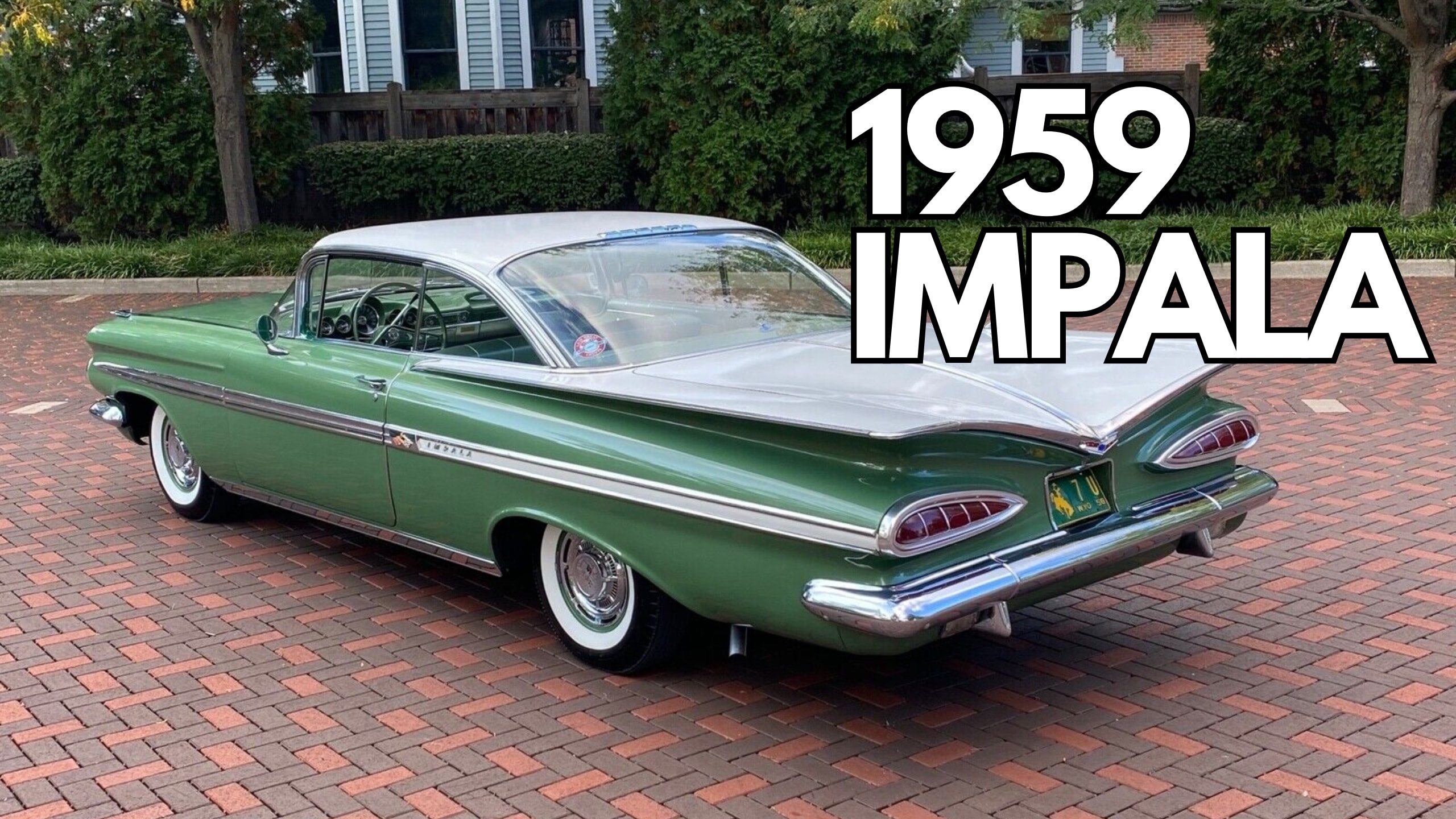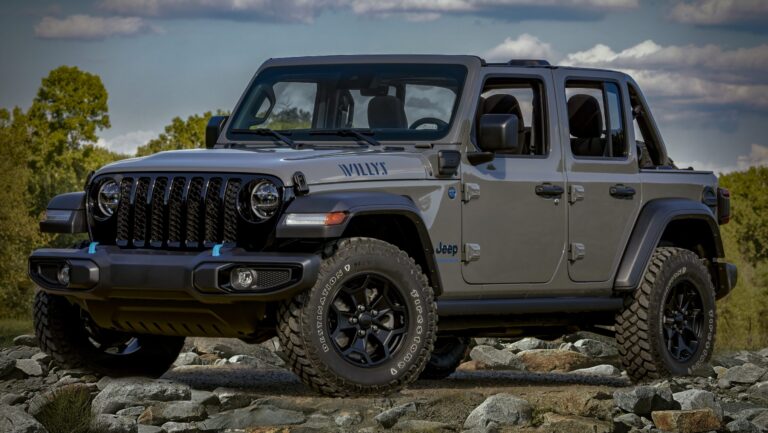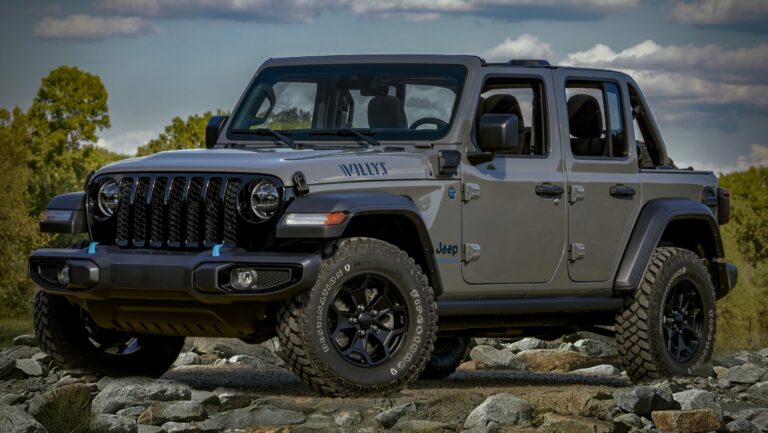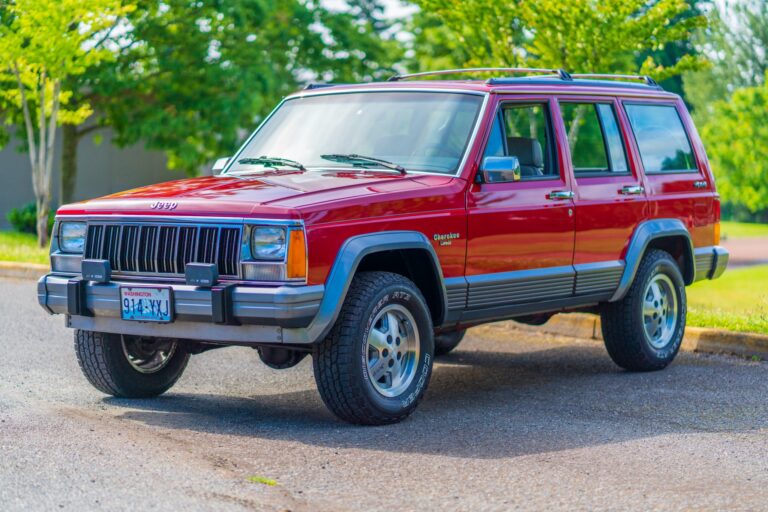1959 Willys Jeep For Sale: A Comprehensive Buyer’s Guide
1959 Willys Jeep For Sale: A Comprehensive Buyer’s Guide jeeps.truckstrend.com
For many, the mention of a "Jeep" immediately conjures an image of rugged utility, unparalleled off-road capability, and a lineage stretching back to the battlefields of World War II. Among the most revered of these utilitarian legends is the Willys Jeep, and the 1959 model year holds a special place in the hearts of enthusiasts and collectors. More than just a vehicle, a 1959 Willys Jeep for sale represents an opportunity to own a tangible piece of automotive history, a testament to American ingenuity and durability. This article serves as a comprehensive guide for anyone considering the purchase of one of these iconic machines, exploring its unique appeal, essential considerations, and what to expect from the ownership experience.
The Enduring Legacy of the 1959 Willys Jeep
1959 Willys Jeep For Sale: A Comprehensive Buyer’s Guide
The story of the Willys Jeep begins in the crucible of wartime, with Willys-Overland winning the contract to produce the indispensable "Go-Devil" engine-powered vehicle for the Allied forces. After the war, Willys cleverly transitioned this military marvel into civilian life, giving birth to the "Civilian Jeep" (CJ) series. By 1959, the primary CJ model in production was the CJ-5, a direct descendant of the military M38A1. While some CJ-3B models were still being produced, the CJ-5, with its rounded fenders and slightly more refined (for the time) design, was becoming the quintessential Willys Jeep.
The 1959 Willys Jeep embodies an era of automotive simplicity and mechanical honesty. It was built for purpose, not luxury, designed to tackle the toughest terrain and endure decades of hard use. Its importance lies not only in its historical context but also in its enduring appeal to those who value mechanical integrity, straightforward design, and the raw, unfiltered experience of driving. Owning a 1959 Willys Jeep means owning a piece of the automotive soul, a vehicle that harks back to a time when machines were built to be repaired, not replaced.
What Makes the 1959 Willys Jeep Unique?
The 1959 Willys Jeep, primarily the CJ-5, possesses a distinct set of characteristics that set it apart:
- Engine: The most common engine found in the 1959 CJ-5 was the Willys "Hurricane" F-head four-cylinder engine. This overhead-valve engine, an evolution of the earlier "Go-Devil," offered 75 horsepower and 114 lb-ft of torque. While not powerful by modern standards, it was renowned for its low-end torque, reliability, and ease of maintenance, perfectly suited for the Jeep’s intended purpose.
- Drivetrain: Standard equipment included a three-speed manual transmission (often a T-90) coupled with a two-speed transfer case (typically a Dana 18), providing robust 4×4 capability with high and low range options. This simple yet effective setup is a hallmark of classic Jeeps, offering legendary traction and durability.
- Design and Construction: The 1959 CJ-5 retains the iconic seven-slot grille and round headlights, but its body featured more rounded contours compared to its flat-fendered predecessors. Its body-on-frame construction, solid axles (Dana 25 or 27 front, Dana 44 rear), and leaf spring suspension contributed to its legendary ruggedness and off-road prowess. The open-top design, often with a folding windshield, offered an immersive driving experience, connecting the driver directly with their surroundings.
- Simplicity and Durability: There are no complex electronics or creature comforts to worry about. This simplicity translates to easier diagnosis and repair for the mechanically inclined. The heavy-duty components were over-engineered for the demands they faced, contributing to the Jeep’s remarkable longevity.

The Buyer’s Guide: Important Considerations When Purchasing
Acquiring a 1959 Willys Jeep is an exciting prospect, but it requires careful consideration. Here’s what prospective buyers should focus on:
- Condition is Paramount:
- Rust: This is the primary enemy of vintage vehicles. Thoroughly inspect the frame rails (especially near the spring hangers and body mounts), floorboards, hat channels (the structural supports under the floor), rocker panels, and wheel wells. Surface rust is manageable; extensive rot is a major red flag, indicating costly and complex repairs.
- Mechanical Health: Evaluate the engine for leaks, strange noises, and proper compression. Check the transmission and transfer case for smooth shifting and engagement. Inspect the axles for leaks and play. Test the brakes (often drum brakes on all four corners) for effectiveness and straight-line stopping. The electrical system is basic but ensure all lights, gauges, and the starter function correctly.
- Originality vs. Modifications: Decide if you want a historically accurate, numbers-matching vehicle, a tastefully modified restomod, or a project that needs everything. Originality often commands a higher price, but a well-executed modification can enhance usability. Be wary of poorly executed "fixes" or extensive, undocumented modifications.

- Documentation: A clear title is non-negotiable. Any available service records, previous owner history, or restoration receipts can add significant value and provide insight into the vehicle’s past.
- Define Your Purpose: Are you looking for a show vehicle, a capable off-roader, a weekend cruiser, or a long-term restoration project? Your intended use will heavily influence the ideal condition and price point you should target. A show-quality Jeep will demand top dollar, while a project can be had for much less but require significant investment of time and money.
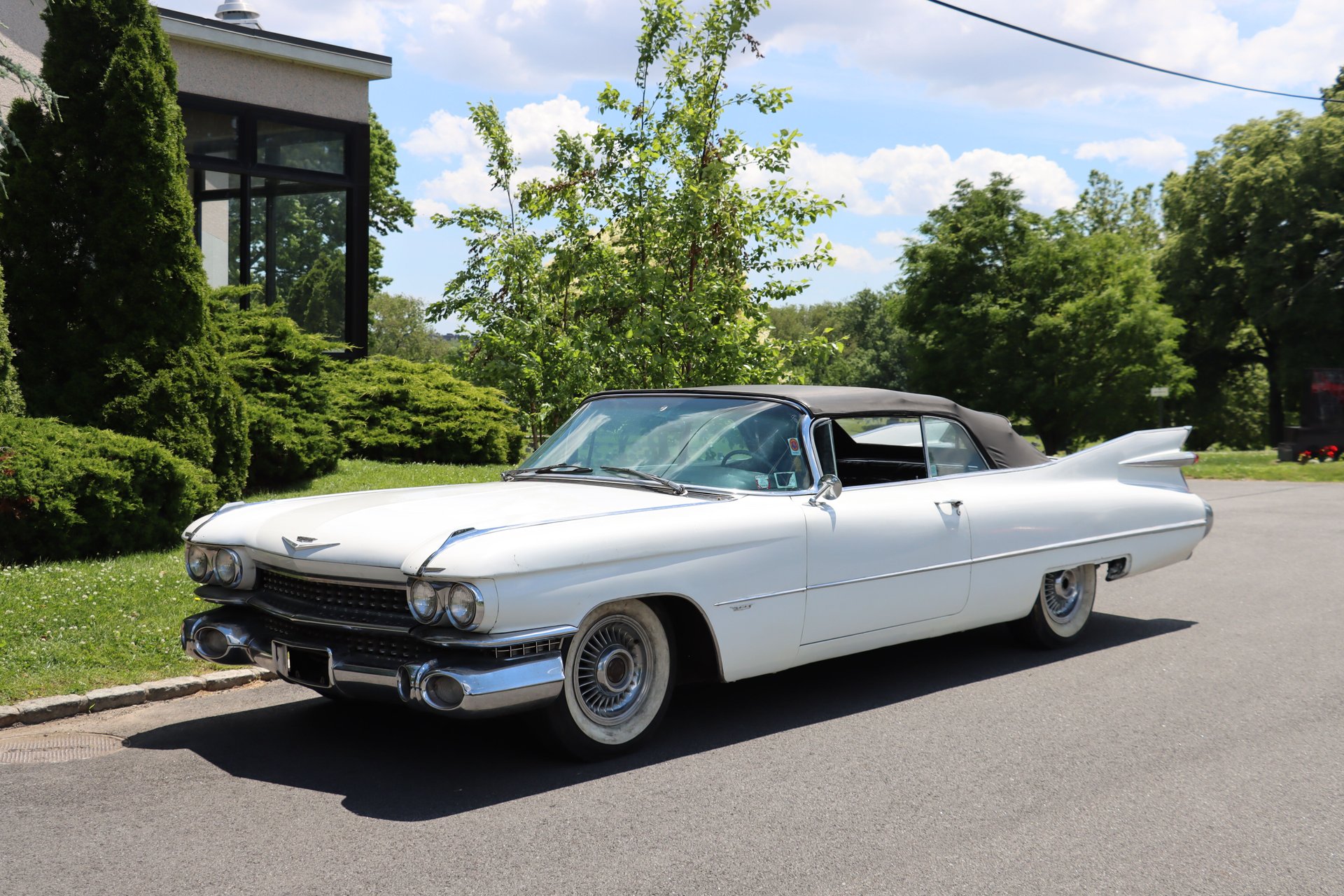
Where to Find a 1959 Willys Jeep For Sale
The market for vintage Willys Jeeps is vibrant, offering several avenues for potential buyers:
- Online Marketplaces & Auction Sites: Websites like eBay Motors, Hemmings, Bring a Trailer, and ClassicCars.com frequently list vintage Jeeps. These platforms offer a wide geographical reach and detailed listings, often with extensive photo galleries and sometimes videos.
- Specialty Classic Car Dealers: Reputable dealers specializing in vintage 4x4s or classic American vehicles often have Willys Jeeps in their inventory. While prices may be higher, these vehicles are often pre-inspected or even restored, offering a degree of confidence.
- Automotive Auctions: Live auctions can be exciting but require quick decision-making and often a "buyer beware" approach. Do your homework thoroughly before bidding.
- Willys & Jeep Enthusiast Forums and Clubs: These communities are invaluable resources. Members often sell their vehicles directly, and you can gain access to a wealth of knowledge and pre-purchase advice. Forums like G503.com (for military Jeeps, but civilian models are discussed) and specific CJ forums are excellent starting points.
- Local Classifieds & Word-of-Mouth: Sometimes, the best deals are found locally, tucked away in barns or garages. Keep an eye on local classifieds, attend car shows, and let friends and family know you’re looking.
The Ownership Experience: Tips for Prospective Buyers
Owning a 1959 Willys Jeep is an experience unlike driving a modern vehicle. Here’s what to anticipate:
- Maintenance: While simple, these vehicles require consistent maintenance. Regular oil changes, greasing, and checking fluid levels are crucial. Parts for common wear items are generally available from aftermarket suppliers, and many original (NOS – New Old Stock) or used parts can be sourced from specialty vendors.
- Driving Characteristics: Expect a raw, unfiltered driving experience. There’s no power steering, no power brakes, and certainly no airbags or ABS. The ride can be bouncy due to the leaf springs, and highway speeds are generally limited to 50-60 mph. It’s a vehicle meant for adventure and utility, not high-speed commuting.
- Community: The Willys and vintage Jeep community is incredibly supportive. Joining owner clubs and online forums can provide invaluable resources for parts sourcing, technical advice, and camaraderie.
Potential Challenges & Solutions
- Rust Remediation: If the Jeep has significant rust, repair can be costly and time-consuming. Solutions range from patching small areas to full body tub replacement (aftermarket tubs are available) or extensive fabrication.
- Engine & Drivetrain Issues: If the original engine or transmission is beyond economical repair, rebuilding is often an option. For those seeking more power or modern reliability, engine swaps (e.g., small block Chevy or Ford) are common, but these alter the vehicle’s originality and can introduce new complexities.
- Parts Sourcing: While many common parts are reproduced, finding specific or rare NOS components can be a treasure hunt. Patience and networking within the community are key.
- Safety Upgrades: For regular driving, consider modernizing essential safety features. This might include adding three-point seatbelts, upgrading to a dual-reservoir master cylinder for brakes, improving lighting, and ensuring the wiring is in good condition.
Practical Advice and Actionable Insights
- Set a Realistic Budget: This includes not just the purchase price but also anticipated costs for immediate repairs, planned upgrades, and ongoing maintenance. Restoration costs can easily exceed the purchase price.
- Get a Pre-Purchase Inspection (PPI): Unless you are an experienced mechanic specializing in vintage vehicles, pay a qualified professional to inspect any prospective purchase. They can identify hidden issues and provide a realistic assessment of its condition.
- Research Thoroughly: Understand the specific model year, common issues, and expected performance. Read owner’s manuals if available.
- Don’t Rush: The right Willys Jeep will come along. Be patient, do your due diligence, and avoid impulse buys.
- Join the Community: Before, during, and after your purchase, engaging with other Willys owners is incredibly beneficial for advice, support, and parts.
1959 Willys Jeep Estimated Price Guide
Please note that prices for vintage vehicles fluctuate widely based on condition, originality, location, market demand, and recent sales. This table provides a general estimate for a 1959 Willys CJ-5:
| Condition Category | Description | Estimated Price Range (USD) | Key Considerations |
|---|---|---|---|
| Project Vehicle | Non-running, significant rust, major mechanical issues, incomplete. Requires extensive restoration, potentially missing parts. | $3,000 – $8,000 | Ideal for experienced restorers or those with a very long-term vision and significant budget for parts and labor. May not have a clear title. |
| Running/Driving (Fair) | Runs and drives but has noticeable mechanical issues, significant rust, worn interior, poor paint. Needs considerable work to be reliable or presentable. | $8,000 – $15,000 | Good for those who want a functional vehicle to work on gradually. Budget for immediate repairs and ongoing restoration. Likely a good starting point for a DIY enthusiast. |
| Good Original/Restored | Solid body with minimal rust, mechanically sound (may have minor leaks or quirks), decent paint, functional interior. Could be an older restoration or a well-preserved survivor. | $15,000 – $28,000 | Suitable for regular driving and light off-roading. May still require some cosmetic improvements or mechanical fine-tuning. Represents good value for a usable classic. |
| Show Quality/Concours | Meticulously restored to original specifications or better. Flawless paint, perfect mechanics, detailed undercarriage, correct components. Ready for car shows or discerning collectors. | $28,000 – $50,000+ | Top-tier investment. Will likely have extensive documentation of the restoration. Expect to pay a premium for perfection. Prices can exceed $50,000 for exceptionally rare or documented examples. |
Note: These are estimates and actual prices can vary. Always inspect the vehicle thoroughly and compare with similar sales.
Frequently Asked Questions (FAQ)
Q1: Is a 1959 Willys Jeep a good daily driver?
A1: Generally, no. While incredibly robust, they lack modern comforts, safety features, and highway speed capabilities. They are best suited for recreational use, short trips, or as a dedicated off-road vehicle.
Q2: Are parts readily available for a 1959 Willys Jeep?
A2: Yes, for most common mechanical and body components, aftermarket suppliers and specialty vendors offer a good range of reproduction parts. Finding specific New Old Stock (NOS) parts can be challenging but not impossible with patience.
Q3: What’s the fuel economy like?
A3: The Willys Hurricane F-head engine is not known for its fuel efficiency. Expect anywhere from 12-18 MPG, depending on condition, tuning, and driving style.
Q4: What’s the top speed of a 1959 Willys Jeep?
A4: Typically, a stock 1959 Willys CJ-5 will have a comfortable cruising speed of 45-55 mph, with a top speed rarely exceeding 60-65 mph. They are geared for low-end torque, not high-speed performance.
Q5: Can it still go off-road effectively?
A5: Absolutely! These vehicles were designed for extreme off-road conditions and, even in stock form, are incredibly capable. Their light weight, short wheelbase, and robust 4×4 system make them excellent for tackling challenging trails.
Q6: What are the biggest rust spots to look for?
A6: Key areas for rust include the frame rails (especially near the suspension mounts), floorboards, hat channels (the reinforcing strips under the floor), the firewall, rocker panels, and the bottom edges of the body tub.
Q7: What’s the difference between a CJ-3B and a CJ-5 from 1959?
A7: While some CJ-3Bs were still produced, the CJ-5 was the more common model by 1959. The CJ-3B is characterized by its "high hood" to accommodate the Hurricane engine, and it retains the flatter fenders of earlier CJs. The CJ-5, introduced in 1955, features more rounded front fenders and a slightly longer wheelbase, inheriting its design from the military M38A1.
Conclusion
The 1959 Willys Jeep for sale is more than just a used car; it’s an investment in history, a commitment to a unique driving experience, and an entry into a passionate community. Its rugged simplicity, iconic design, and legendary off-road prowess make it an incredibly desirable classic vehicle. While purchasing one requires careful consideration of its condition and your intended use, the rewards of owning and driving a piece of American automotive heritage are immeasurable. With diligent research, a thorough inspection, and a clear understanding of the ownership experience, you can find the perfect 1959 Willys Jeep to embark on countless adventures, reliving the golden age of utilitarian motoring.

